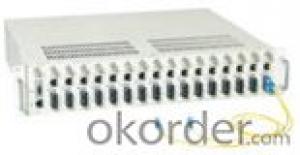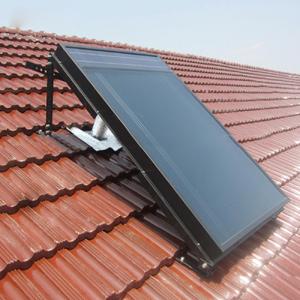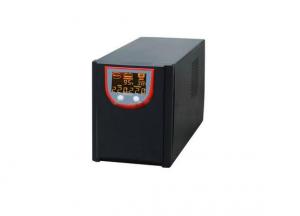Omega Solar Inverter
Omega Solar Inverter Related Searches
Alpha Solar Inverter Delta Solar Inverter Orion Solar Inverter Solar Delta Inverter Olx Solar Inverter Inverter Solar Opti Solar Inverter Gamma Solar Inverter Solar Energy Inverter Sun Solar Inverter Solar System Inverter Solar Solar Inverter Omnik Solar Inverter Magna Sine Solar Inverter Solar Electric Inverter Power Solar Inverter Solar Inverter Olx Solar House Inverter Sunshine Solar Inverter Aurora Solar Inverter Solar Battery Inverter Omron Solar Inverter Solar Home Inverter Inverter Solar Cell Battery Solar Inverter Tesla Solar Inverter Solar Light Inverter Solar Edge Inverter Solar Converter Inverter Home Solar InverterOmega Solar Inverter Supplier & Manufacturer from China
Omega Solar Inverter is a range of high-quality inverters designed to convert solar energy into usable electrical power. These inverters are engineered with advanced technology to ensure maximum efficiency and reliability, making them an essential component in various solar power systems. They are widely used in residential, commercial, and industrial settings to harness the power of the sun and provide a sustainable energy solution.The Omega Solar Inverter is utilized in a variety of applications, including grid-tied solar systems, off-grid solar systems, and hybrid solar systems. It plays a crucial role in ensuring that the energy generated by solar panels is effectively converted into AC power, which can be used to power homes, businesses, and other facilities. This product is also compatible with various types of solar panels and batteries, making it a versatile choice for different solar energy setups. Its user-friendly interface and robust design make it a popular choice among solar power enthusiasts and professionals alike.
Okorder.com is a leading wholesale supplier of the Omega Solar Inverter, boasting a large inventory to cater to the growing demand for solar energy solutions. As a reputable platform, Okorder.com offers competitive prices, fast shipping, and excellent customer service, ensuring that customers receive the best value for their investment in solar power technology. By partnering with Okorder.com, customers can be confident in the quality and performance of their Omega Solar Inverter, as well as the support they receive throughout the purchasing process.
Hot Products

















































